News - Advertising
NFT: a brave new world?
by Iain Akerman
May 4, 2022
.jpg) Advertisement
AdvertisementHardly a day goes by without a new non-fungible token (NFT) initiative being announced. Everyone from Coca-Cola and Gucci to Adidas and Barbie is entering the market, hoping to benefit from the sale of digital assets whose ownership is authenticated by the Ethereum blockchain.
Fashion brands such as The Fabricant are selling digital fashion NFTs that can be worn within games and traded on marketplaces such as Enjin, OpenSea and Rarible. Walmart is planning to create its own cryptocurrency and NFT collection, indicating the company’s intent to make and sell virtual goods, while Adidas earned more than $22 million from the sale of NFTs in 2021.
Regionally, interest in NFTs has picked up pace. In February, UAE game developer Infinite8 partnered with NFT and blockchain gaming platform HeliconNFT; Sharjah’s House of Wisdom announced it was to host its first NFT art exhibition; and the Bored Falcon initiative was launched by a collective of artists from Dubai, Manama, Beirut and Damascus. Meanwhile, Farzin Fardin Fard, the founder and chief executive of Dubai-based 3F Music, has emerged as a prominent global collector of NFTs. His company bought a New York Times column for $560,000 last year and a host of other eye-wateringly expensive memes, videos and GIFs.
Until recently, however, the region’s advertising industry had remained relatively quiet on the NFT front. Now that’s gradually changing. In late January, UAE pharmacy BinSina and LivingRoom Dubai launched one of the first examples of what the agency called an “ad that sells itself”. The ‘50/50 Vision NFT’ was released as part of the pharmacy’s tribute to the UAE’s 50th anniversary, leading to the agency being highlighted as one of the region’s top NFT influencers on Twitter.
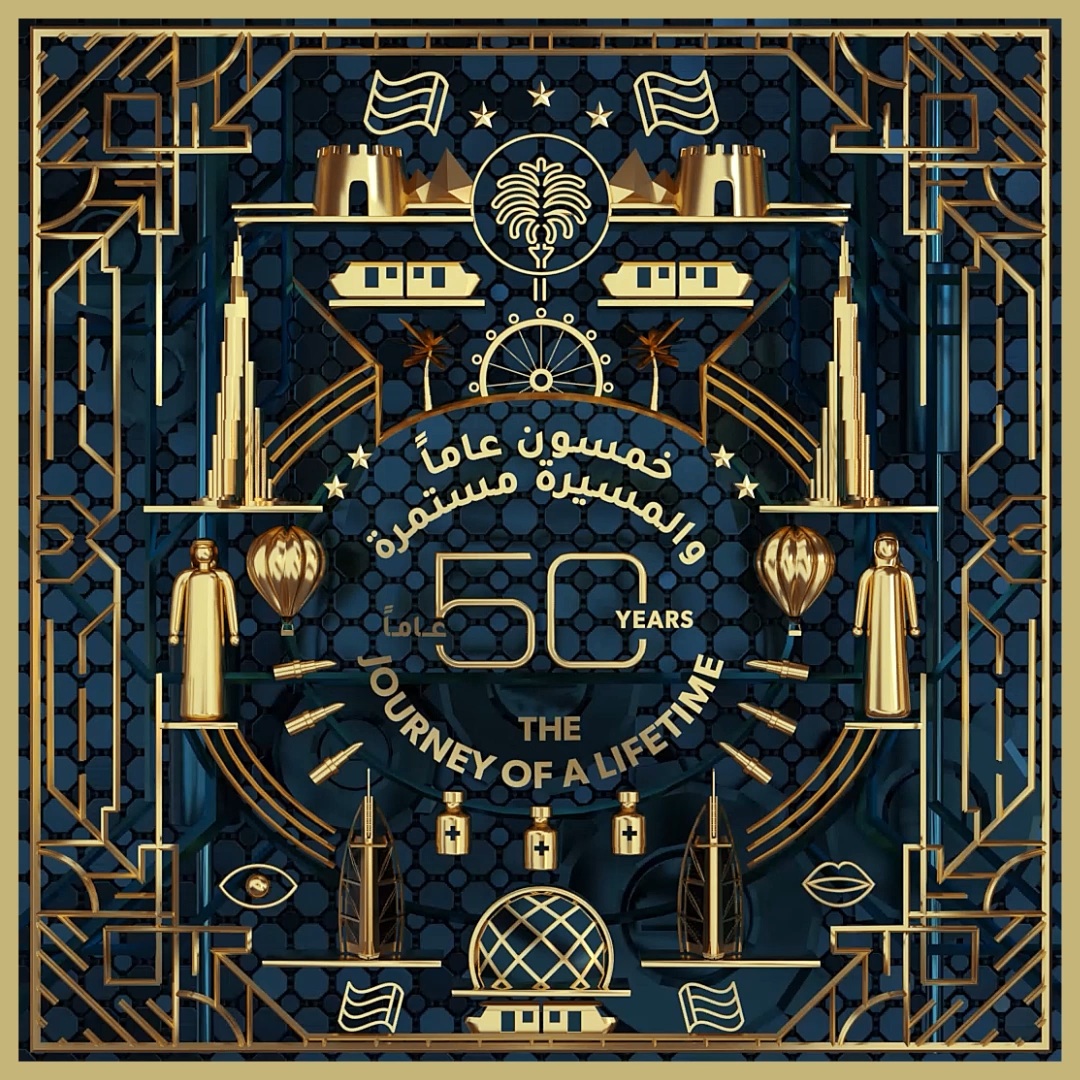
This was followed in early February by Serviceplan Middle East’s creation of the ‘Museum of Sound’ NFT collection. The move represented BMW’s entry into the NFT world, with 19 audio/visual artworks immortalising the sounds of the BMW M engine as the world moves towards an electric future.

Such a surge in interest in understandable. The metaverse – a hypothetical universe of interconnected virtual worlds where everyone will be able to live parallel virtual lives – has now entered the global consciousness. At present this vision only really applies to virtual reality platforms such as Decentraland, Somnium Space and The Sandbox, where everything from land and buildings to avatars and names can be bought and sold as NFTs. Collectables, assets and artefacts can also be bought and sold as NFTs in the world of gaming, but it is NFT art that has captured most of the world’s attention.
“NFTs are [becoming] a major touchpoint for advertisers as they give access to a diverse community with known interests to leverage.”--Karim Mroueh, BMW group business director, Serviceplan Middle East
That’s probably why LivingRoom took BinSina’s golden jubilee mural, added some effects and animation, and “transformed it into a memorable work of art that appeals to the digital marketplace”. It then created a MetaMask wallet and uploaded the NFT on OpenSea, a decentralised marketplace for blockchain-based digital assets. News of the launch was then seeded and spread across social spaces such as Reddit, Quora and Twitter.
“The old way of working was learn and then do,” says Seyoan Vela, chief creative officer at LivingRoom. “The new way of working is do and learn. There has been incredible buzz about the metaverse and NFTs – we wanted to gain first-hand experience of that world.”
The potential of NFTs is huge. If a whole new universe of interconnected virtual reality platforms is going to exist at some point in the near future, the possibilities for consumer engagement are limitless. As Yussef Kanaan, chief executive of Beirut-based Swot Creative Hub, says: “The metaverse is a place where there are no rules yet, a place where you can be whoever you want to be.”
No wonder Virtue Worldwide, Vice’s creative agency, created an office inside Decentraland for Vice Media Group in late February. Will ad agencies follow suit? Will we have virtual out-of-home advertising within Decentraland? Most probably.
“NFTs are [becoming] a major touchpoint for advertisers as they give access to a diverse community with known interests to leverage,” says Karim Mroueh, BMW group business director at Serviceplan Middle East. “It’s no secret that the advertising world today is driven by personalisation and data repurposing. NFTs come to empower these strategies by giving brands and advertisers a medium to personalise, reward and create long-lasting relationships with their audiences.”
“The new way of working is do and learn. There has been incredible buzz about the metaverse and NFTs – we wanted to gain first-hand experience of that world.”--Seyoan Vela, chief creative officer, LivingRoom Dubai
NFTs have the potential to shake up the communications industry in the same way the internet did. Not only do NFTs unlock unprecedented opportunities to co-create (think Adidas Originals’ ‘Into the Metaverse’ NFT, which was created in collaboration with gmoney, Punks Comic and the Bored Ape Yacht Club), they offer scarcity and exclusivity, most commonly in the form of collectibles. These tap into the very human desire to own something that is rare or sought after. “Owning an original work of art online, customised and personalised through your favourite brand, would make you more loyal than ever,” says Kanaan.
How should agencies adapt to this new reality? “By being flexible and looking for a healthy and normal fit between NFTs and the brief in hand to avoid force fitting,” replies Mroueh. “There’s no secret formula for NFTs but there should be an objective behind their creation, such as rewards, perks, advantages etc.”
“What we are witnessing is just another version of disruptive innovations,” he adds. “Like any version, some brands will fall, some will keep up and some will adapt and in this process force fitting is the main challenge. Also, the ad industry has started to see NFTs as a deliverable in every brief, which is alarming.”
It is expected that more than 90 per cent of existing NFTs will fail due to unclear white papers or roadmaps, says Mroueh. As such, usability and repurposing in the metaverse will be key for any NFT to succeed. “Think of buying a hyped Nike drop and getting its NFT version as part of your uniform collection in the metaverse,” he says. “Early adopters always take their share of the pie as a reward for the risk they took at the beginning. However, the more we progress, the more you will see brands leading their own way in the metaverse with new roles and new departments. Think web analysis in 1990 before the first ‘Hello, World’ website was created.”
“Just like we evolved advertising for the internet in its many forms we will see the evolution of advertising in the metaverse from simple branding into engaging activations,” adds Vela. “At the start everything being done in the real world will be replicated in the metaverse before we start seeing what is also possible with the full use of augmented reality and virtual reality.”
“The metaverse is a place where there are no rules yet, a place where you can be whoever you want to be.”--Yussef Kanaan, CEO, Swot Creative Hub
For Kanaan, NFTs are providing much needed freshness. He believes the ad scene has been repetitive and is plagued by feeling of déjà vu. “With the presence of NFTs and the conceptual aspect of it, the world of advertising will rise again and become unpredictable,” he says, believing the world of advertising will move towards a more virtual experience.
Yet, not only are NFTs unknown territory, the regional advertising industry’s experience is extremely limited. Nobody really knows what will work best in the metaverse or what kind of creative thinking will be necessary. There are also signs that the hype around NFTs may be subsiding, which creates caution. Even the digital artist Beeple, whose ‘Everydays: The First 5000 Days’' sold for $69.3 million last year, acknowledged that the NFT art bubble was bound to burst. But that shouldn’t stop agencies from delving into the world of NFTs.
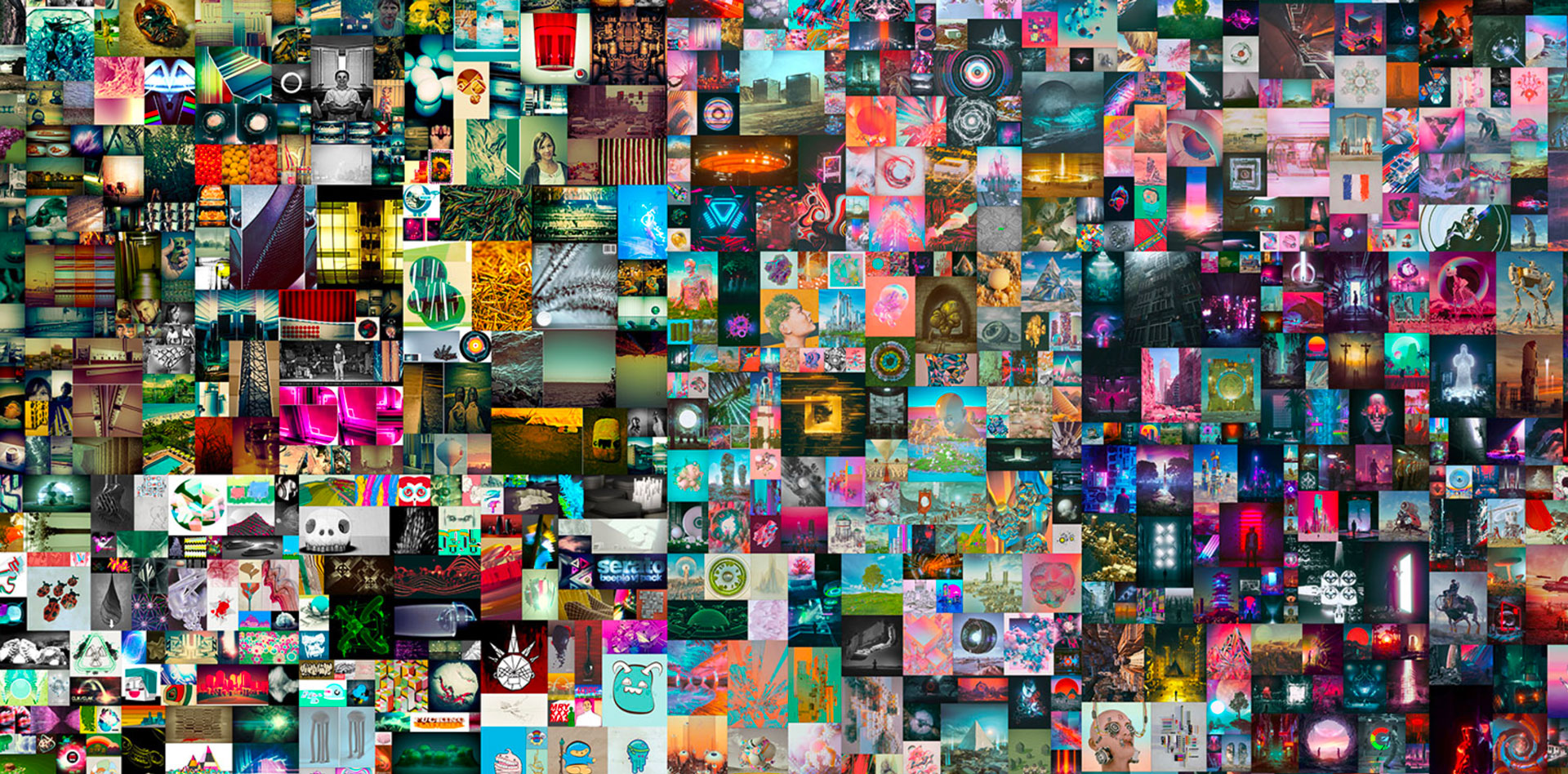
“As an industry I think it’s good for us to keep an open mind and explore new opportunities before rival industries eat our lunch,” says Vela. “We are exploring the unknown. That leads to plenty of opportunity and it also leads to plenty of opportunities for failure. Entrepreneurial environments embrace failure as learning and in this region and in our industry we have to have the same mind-set to compete.”



.jpg)
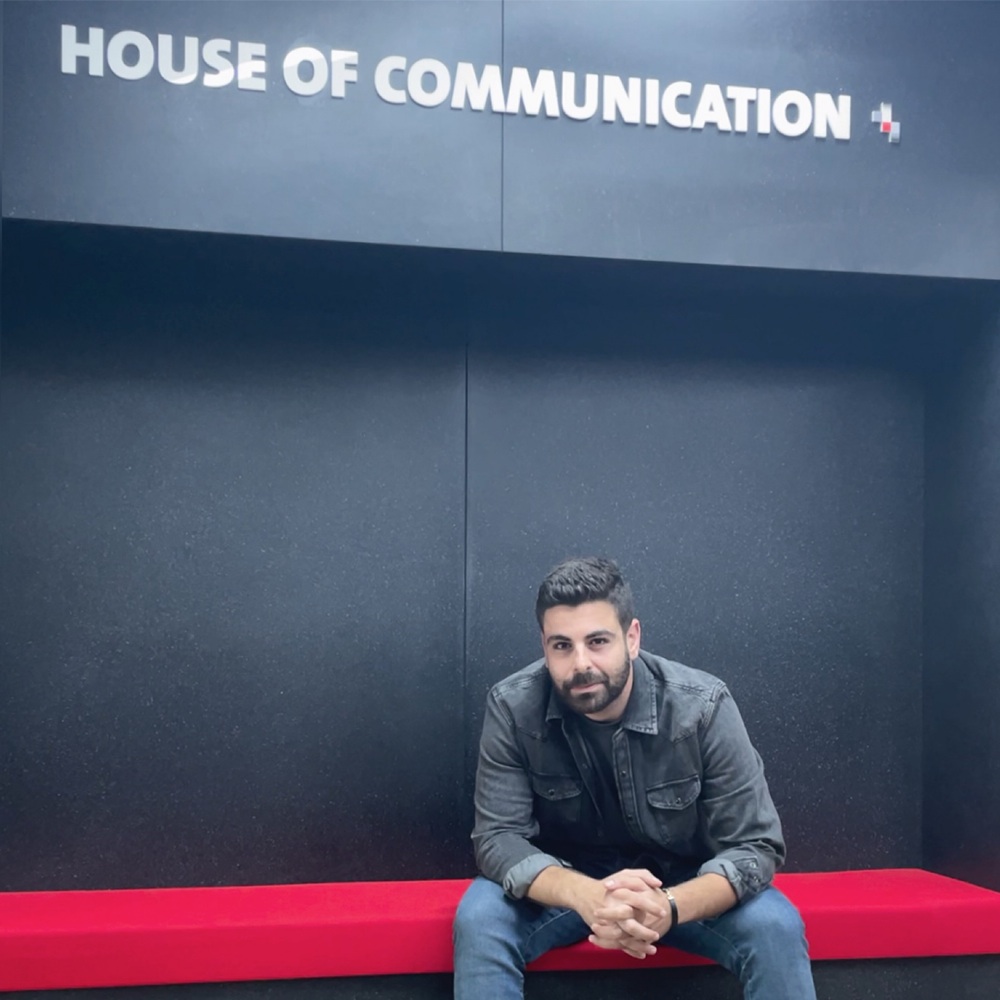


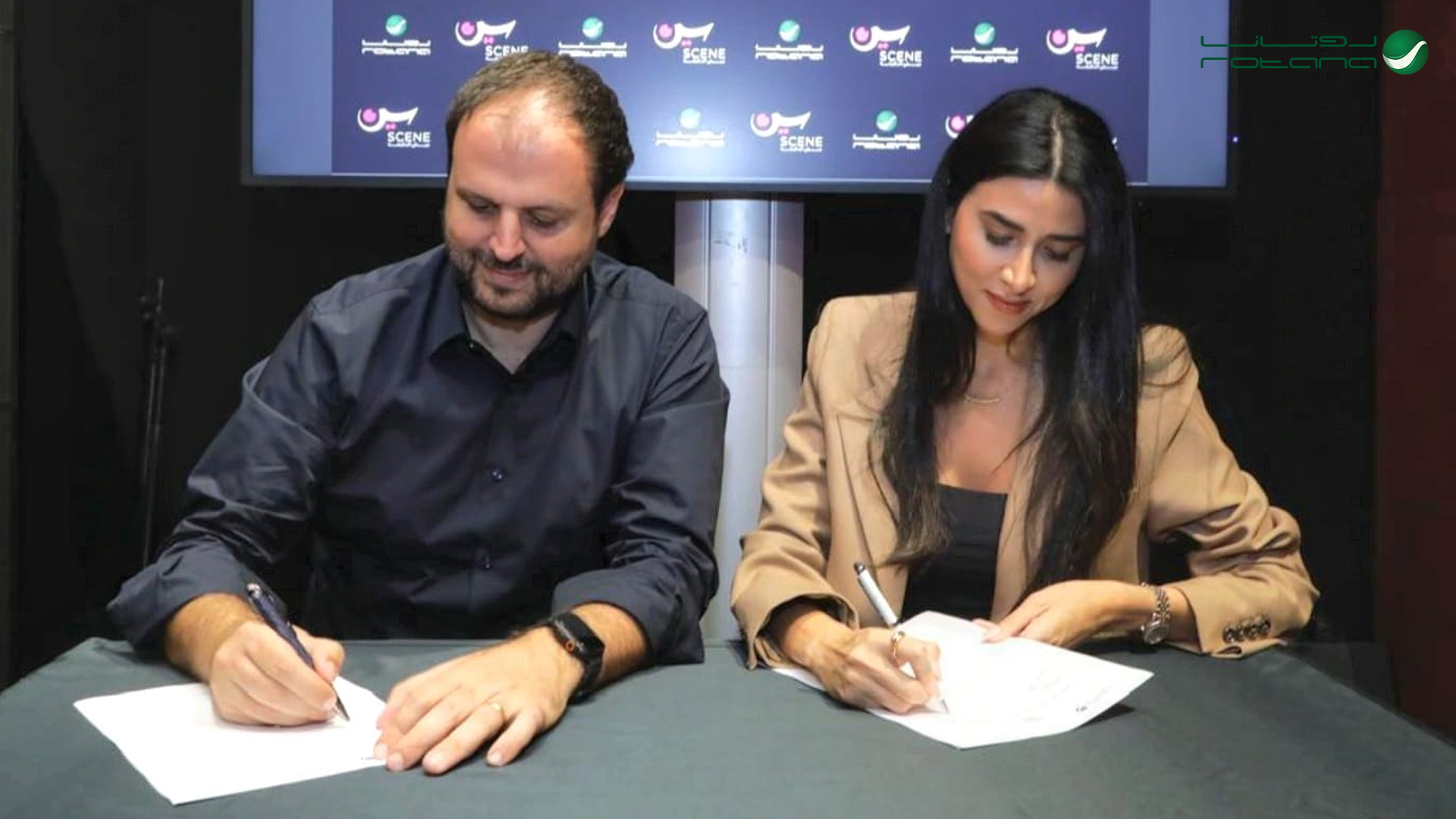
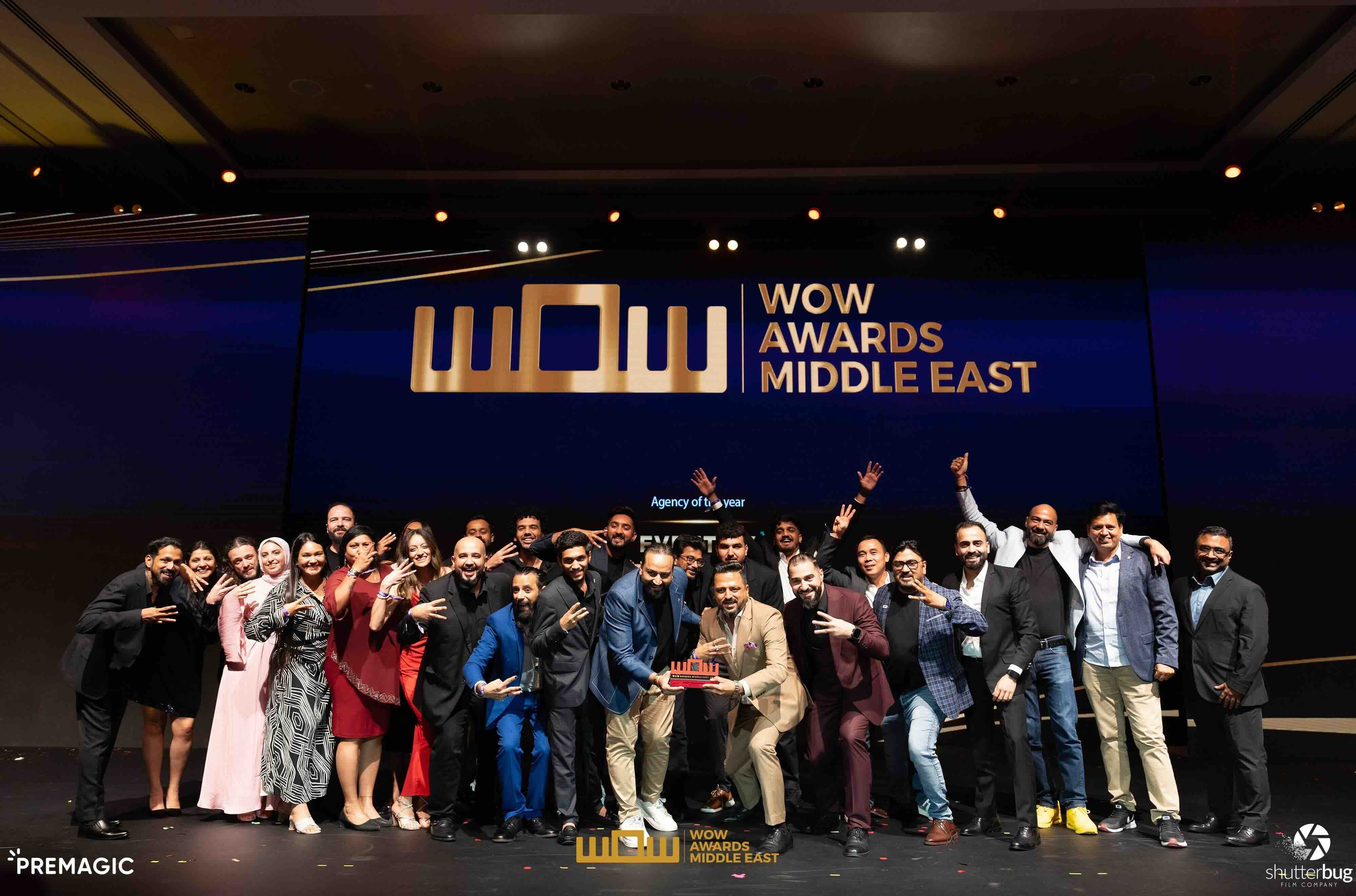
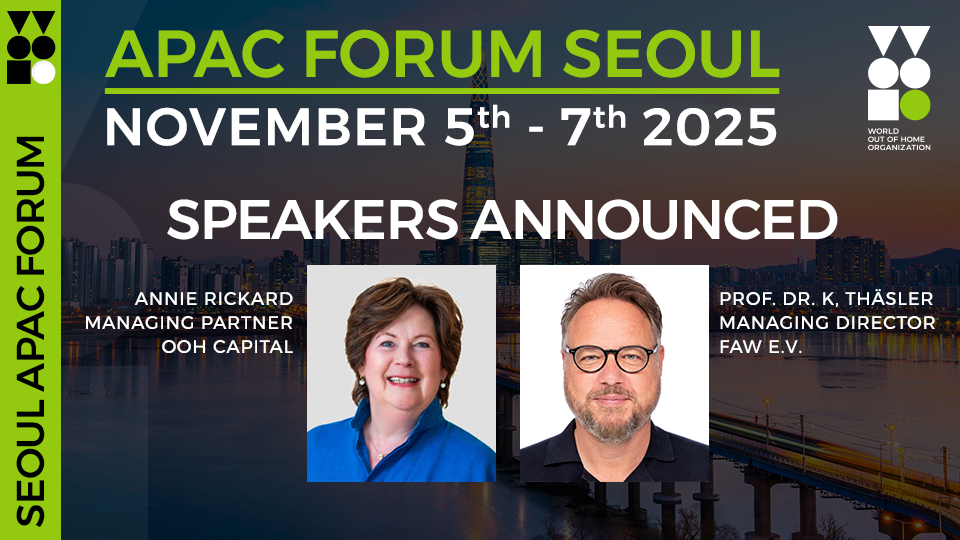

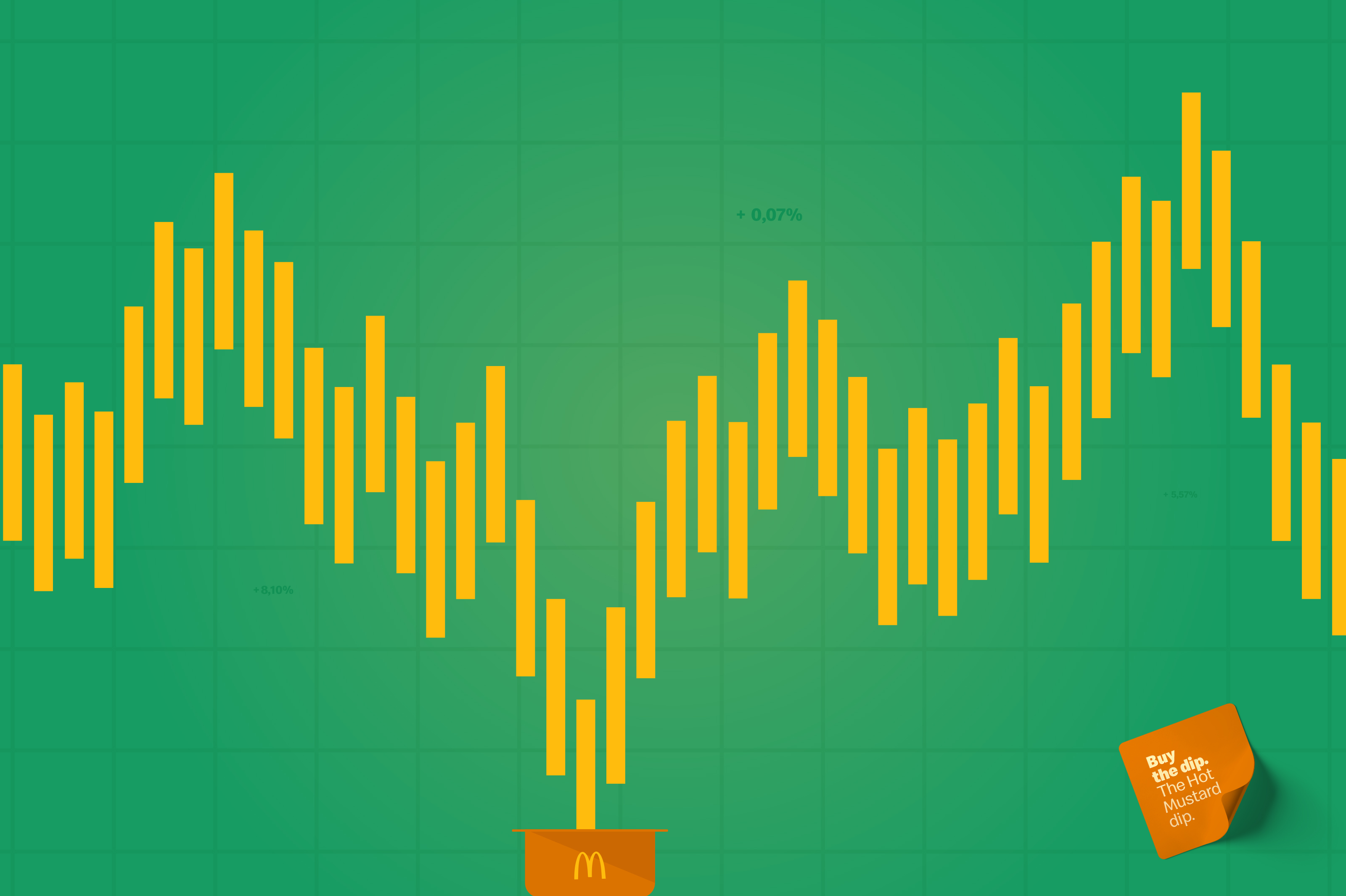
.jpg)




